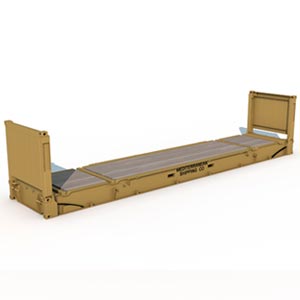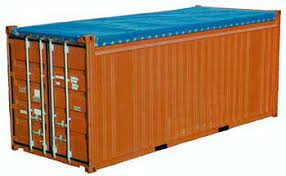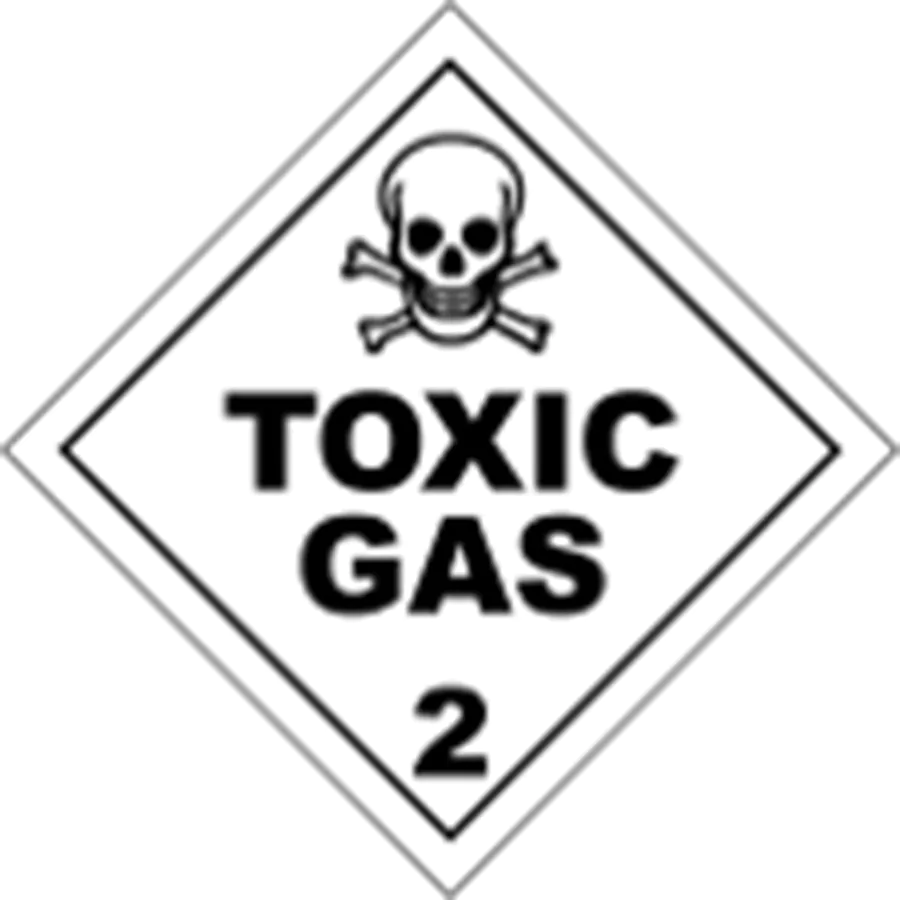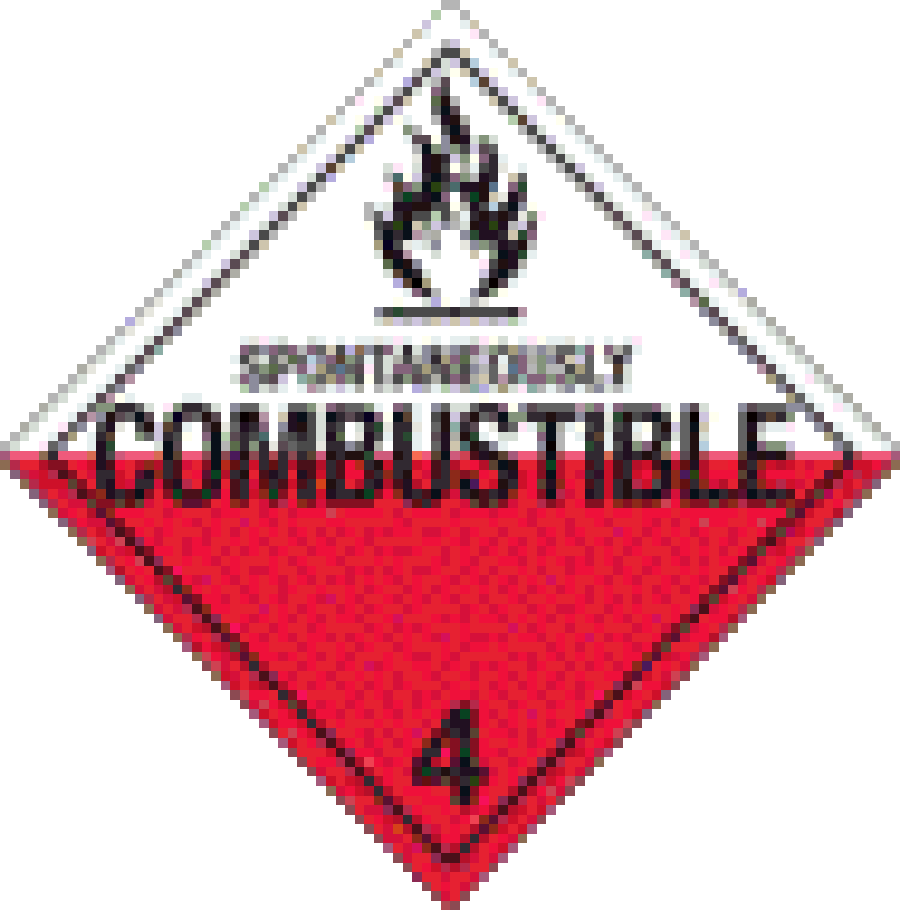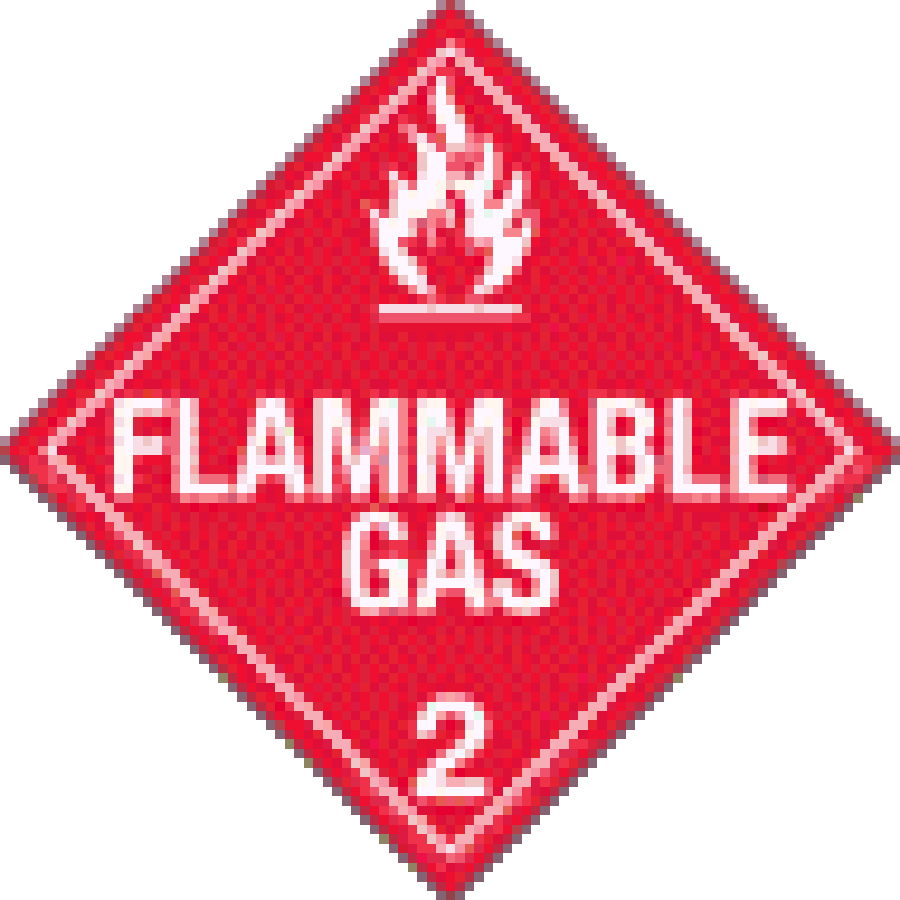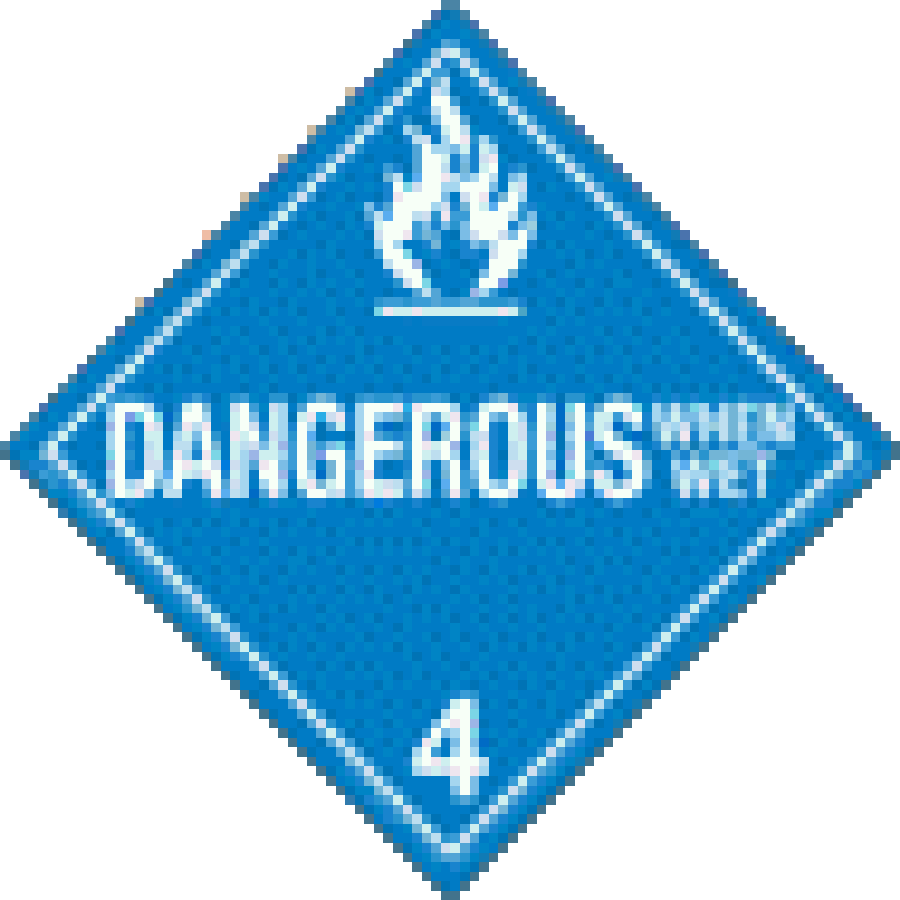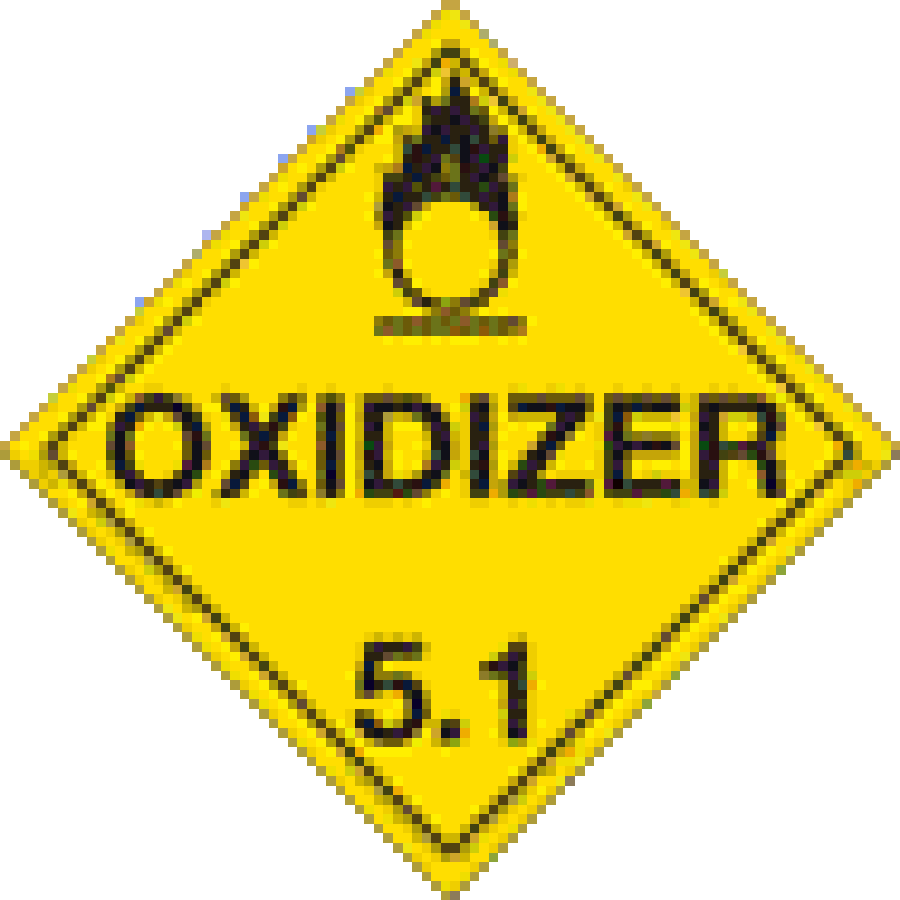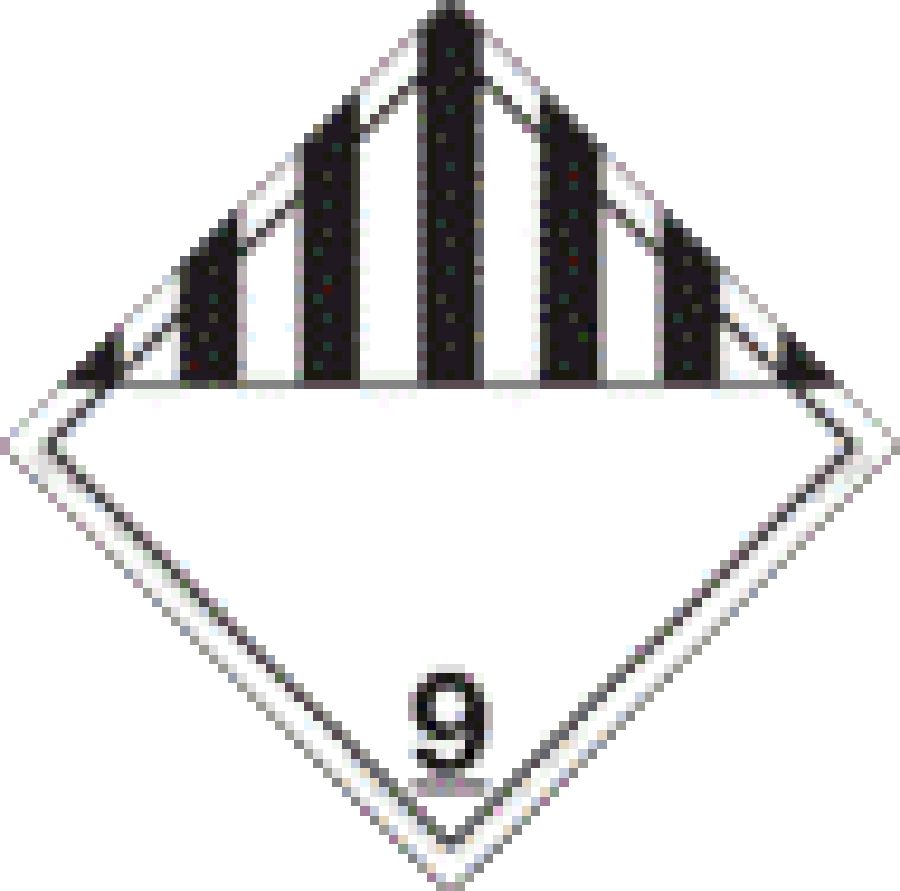Dry Cargo

20' Standard - Steel Container
This is the smallest of our dry containers. However, it still carries a payload of up to 28,3 metric tonnes and has a total capacity of 33,2 m³ (1170 ft³). It measures 20' x 8' x 8.6'(6058x2438x2591 mm).

40' Standard - Steel Container
It's twice as long as the 20' and has a payload of a bit more, being able to carry up to 28,8 metric tonnes and the total capacity of this container is 67,7 m³ (2390 ft³). It measures 40' x 8' x 8.6' (12192x2438x2591 mm).

40' High Cube - Steel Container
Our 40' high dry container has the same basic features as the 40' standard except for having additional internal height volume. This provides you with a higher total capacity of 76,4 m³ (2700 ft³), while the payload remains the same with a maximum of 28.69 metric tonnes. It measures 40' x 8' x 9'6" (12192 x 2438 x 2896 mm).
Refrigerated Cargo
Special cargo
Dangerous Cargo
What you need to prepare in advance, when shipping dangerous cargo
For smooth handling of your shipment, we recommend that you familiarize yourself with the following:
1. Dangerous good classification
According to IMDG code, Dangerous Goods are classified into 9 different classes, plus a few sub-classes and are named with specific UN numbers.
Class 1 - Explosives
Substance like Arms & Ammunition, Fireworks, Party Poppers, Cartridge & Pyrotechnic etc.
Class 2.3 - Toxic gases
Substance like Chlorine, Ammonia (for industrial Freezing), Methyl bromide & Ethylene oxide (for fumigation) etc.
Class 4.2 - Spontaneously combustibles
Substance like Phosphorus, Copra, Fish meal etc.
Class 5.2 - Organic peroxides
Substance like Hardeners, Fiberglass repair kit.
Class 7 - Radio active material
Substance like Industrial thickness measuring devices, for sterilisation of medical product, Smoke detector etc.
Class 2.1 - Flammable gases
Substance like Aerosol, Lighters, Liquified Gas, Acetylene (For welding) Ethylene (for ripening fruits), Hydrogen (For Industrial use) etc.
Class 3 - Flammable liquids
Substance like Paint, Varnish, Perfumery products, Adhesives, Resin solution, Printing ink, Dry cleaning fluids etc.
Class 4.3 - Dangerous when wet
Substance like Calcium Carbide, Sodium, Ferrosilicon and Potassium metals.
Class 6.1 - Toxic substances
Substance like Pesticides, Sodium Cyanide for Metal treatment, Chromium Salt for electroplating & Tolune Diisocyanate etc.
Class 8 - Corrosive substances
Substance like Dishwasher tablets, Acetic acid, Citric Acid, Caustic soda, Car & Truck Batteries etc.
Class 2.2 - Non-flammable, non-toxic gases
Substance like Fire Extinguishers, Refrigerant Gas , Carbon di oxide, Helium & Argon etc.
Class 4.1 - Flammable solids
Substance like Matches, Sulphur Powder, Camphor, Naphthalene (balls), Paraformaldehyde, Borneol etc.
Class 5.1 - Oxidizing substances
Substance like Calcium hypochlorite, Hydrogen per oxide, Fertilisers Potassium Nitrate & Ammonium Nitrate, Hair colouring etc.
Class 6.2 - Infectious substances
Substance like Blood sample, Biological product derived from living organisms etc.
Class 9 - Miscellaneous dangerous goods
Substance or article have dangerous properties not covered by classes from 1 to 8.
2. Packing group
According to how a Dangerous Goods shipment is packed, there are different levels of risk involved in the transportation. These are divided into:
- Packing Group I - Substances presenting a high danger
- Packing Group II - Substances presenting a medium danger
- Packing Group III - Substances presenting a low danger
3. Proper shipping name (PSN)
Remember to always use the correct PSN when declaring your cargo, according to IMDG code. This will make it clear what the cargo is.
For example:
- UNNO 1266, Chanel no.5 - incorrect
- UNNO 1266, PERFUMERY PRODUCTS - correct
4. Dangerous goods documentation
In most cases we will need you to provide us with the Material Safety Datasheet (MSDS) and Dangerous Goods Declaration (DGD). Depending on the case, we might need additional documentation such as Weathering Certificate, Certificate of Analysis (CoA) or Competent Authority Approval (CAA).
5. Emergency contact details
We might need to reach out to your emergency number to get more insights about your shipment. By providing the correct number you will help make sure we take any necessary action timely.
Reach out to us for more information
When you contact us, you will most likely be asked to provide correct information for all of the above categories. Reach out to one of our local offices if you are unsure whether we can carry your cargo, or if you need more information on what documents to prepare.




